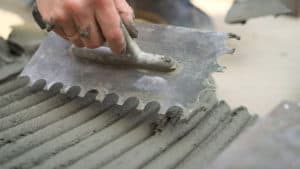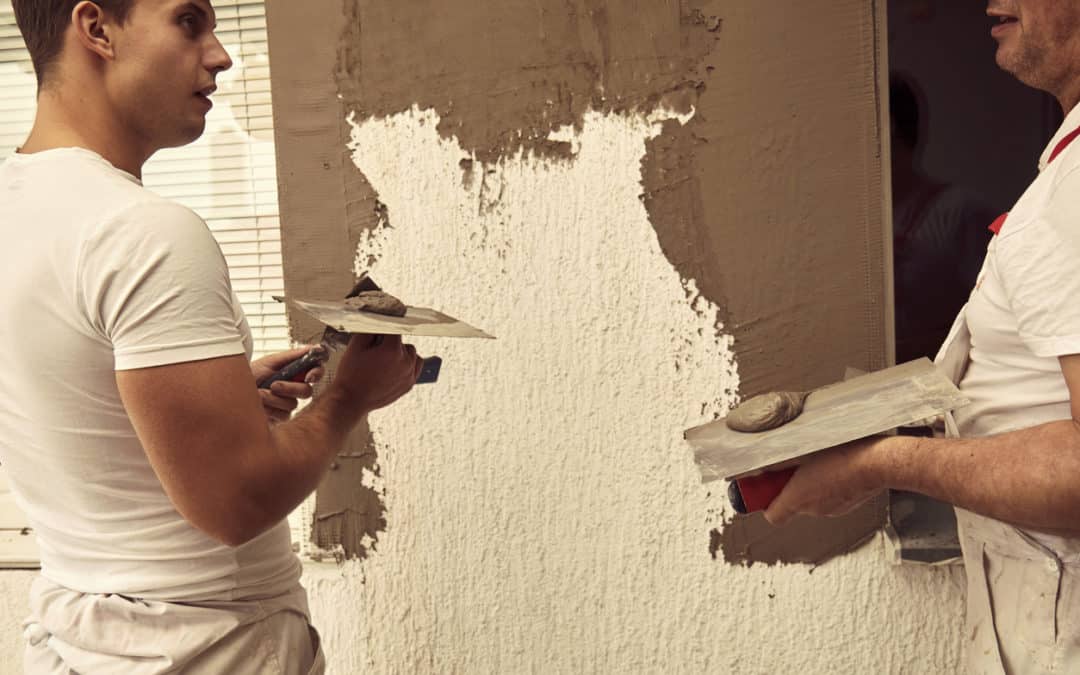When it comes to choosing exterior siding for a home or building, proprietors have numerous options. One popular material in many parts of the globe is stucco. That said, however, this product presents certain special challenges in terms of creation.
Therefore, this substance’s installation is often performed by a skilled worker known as a stucco contractor. Read on to learn about the product and four reasons property owners should consider retaining these professional’s services.
Stucco Overview
In actuality, stucco is a form of cement usually composed of sand, lime and water. However, occasionally, the substance is also made from acrylic, strengthening its consistency and renders said product more flexible when applied.
Benefits
Stucco looks like the common binding product plaster. Both substances enjoy the same favourable texture and are easy to place on various surfaces. That said, stucco, unlike plaster, is quite resistant to potentially damaging elements such as water and temperature extremes. Property owners and contracting professionals also offer good reviews of the product because it is resistant to glare, a better-than-average insulator, insect and rot-resistant and considered more affordable than certain other exterior siding materials.
Arguably, however, the material is most favoured for its appearance. Stucco can be applied in a smooth, patterned or rough style. Decorative features can add to the product, and the material can be a variety of colours.

The Application Process
There are three types of stucco applications, traditional, two coats and one coat. A home or building’s specific contours will determine which process is applied.
Traditional
During the traditional stucco application, three layers of the material are placed. The first is applied to the metal lath on the structure in question’s exterior regions. One this coat dries, a second layer is applied for adhesive purposes. Finally, the third application or finish coat is often hand troweled to enhance the final product’s texture and appearance. Typically, the traditional offering is performed on wood exteriors.
Two Coat
Usually, the two coat process is reserved for concrete and brick exteriors. These surfaces do not require an initial coating. Applicants place a bonding adhesive substance on the receiving areas and two coats of stucco are then applied.
One Coat
This process is relatively new to the construction industry. During this procedure, stucco and fiberglass are mixed and set down atop metal lath.
Four Reasons To Hire A Stucco Contractor
Stucco provides numerous benefits, in addition to an aesthetic quality that could increase the resale value of a home or commercial structure. That said, stucco application is a time-consuming, labour-intensive process that should never be a do it yourself effort. In truth, the task should only be performed by professionals with a dearth of experience placing the said product for the following four reasons:
Achieving A Proper Mixture
Since stucco is a combination of several products, a proper mixture must be achieved to ensure the application material will be as durable and applicable as possible. Experienced contractors know the proper amount of each ingredient to add to ensure the finished product can be applied, dry adequately, and perform long after the application process is over.
Aesthetic Quality
Professional applicants understand just how much stucco should be applied during each coating phase. Inexperienced subjects are more apt to place either too little or too much. Such errors will likely lead to an unevenly appearing eyesore of a finished product.
A Job Done Right The First Time
Properly installed stucco will not need to be reapplied in short order. Ensuring that the job is appropriately executed the first time will prevent the home or building owner from having to reinvest time and money to correct previous mistakes.
Limited Maintenance
Properly performed applications often translate into fewer maintenance issues for the residential or commercial property owner. Problematic events such as cracks or breakages must not only be remediated but could pose other problems. Water leaks could seep into the structure in question’s interior, leading to property damage and fostering hazardous materials. Moreover, cracks enable increased air penetration, which may result in heightened utility costs.

Thank you for talking about how professionals know how much of the product needs to be applied. My husband and I want to start a new business this summer. For this, we will find a reputable Slipform concrete contractor locally.
Great idea!
If your home improvement project involved stucco, you will want to be sure you find the right contractor for the job. It is always important to hire good contractors, but it is especially important when they will be doing work such as stucco installation, which is not as common as other contracting duties. You need to work with people who know how to do to the job properly, so you can be sure it will get done right the first time.
We are looking for stucco services
we can hire for our stucco installation project this weekend and want to ensure we choose only the most suitable one. I’m glad I came across your writing and read tips about selecting a contractor.
I liked how you mentioned the importance of asking the contractors for tasks done in the past. Try to get more recent jobs within the past month or two; it would be better and will indicate that they are still doing good work and people are still hiring them.
I will show this to my partner to see how this can help us decide what to consider when looking for a stucco company.
Nice! In stucco Repair, One must find experienced contractors who know how much of each material to use to guarantee that the finished product can be applied, dry properly, and perform well when the application procedure is completed. Professional applicants know just how much stucco to apply during each coating process. https://stpetersburgstuccorepair.com/